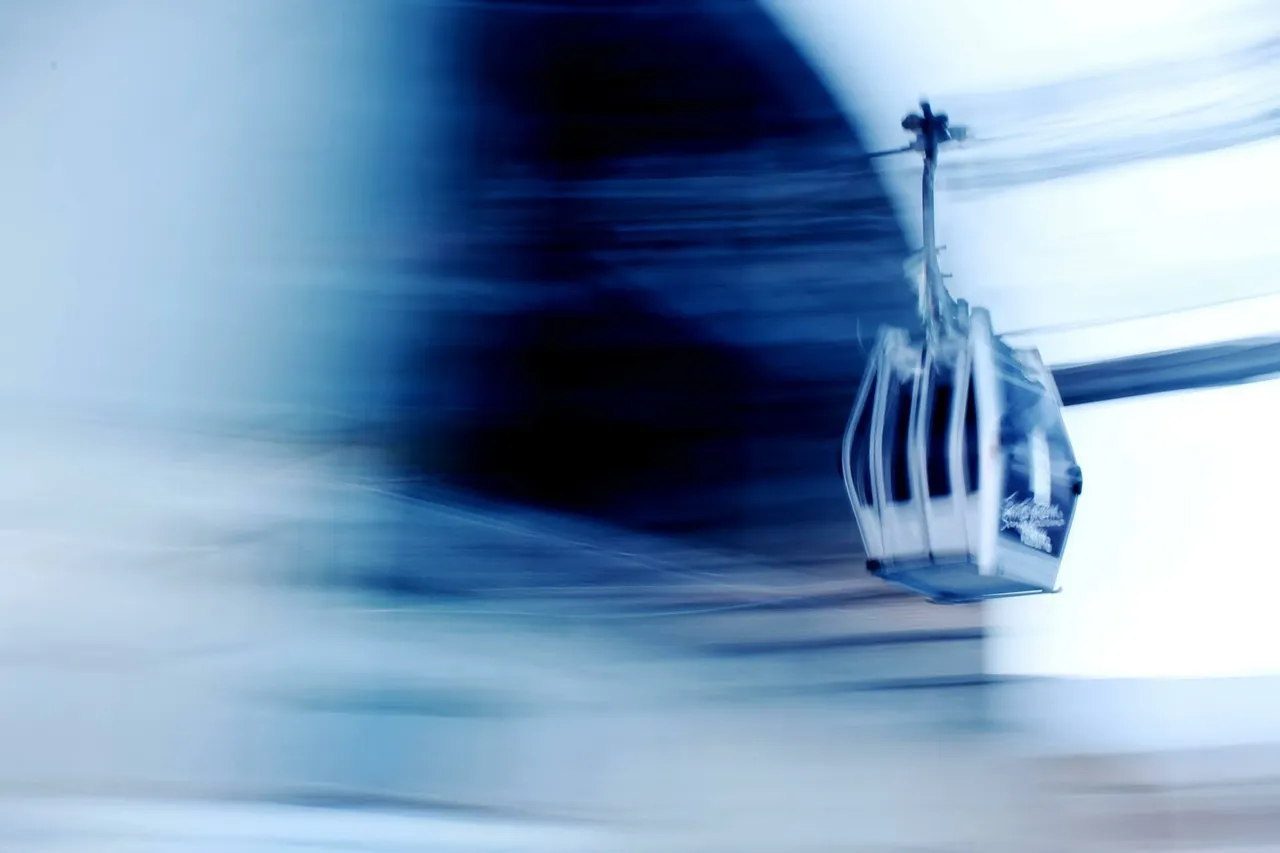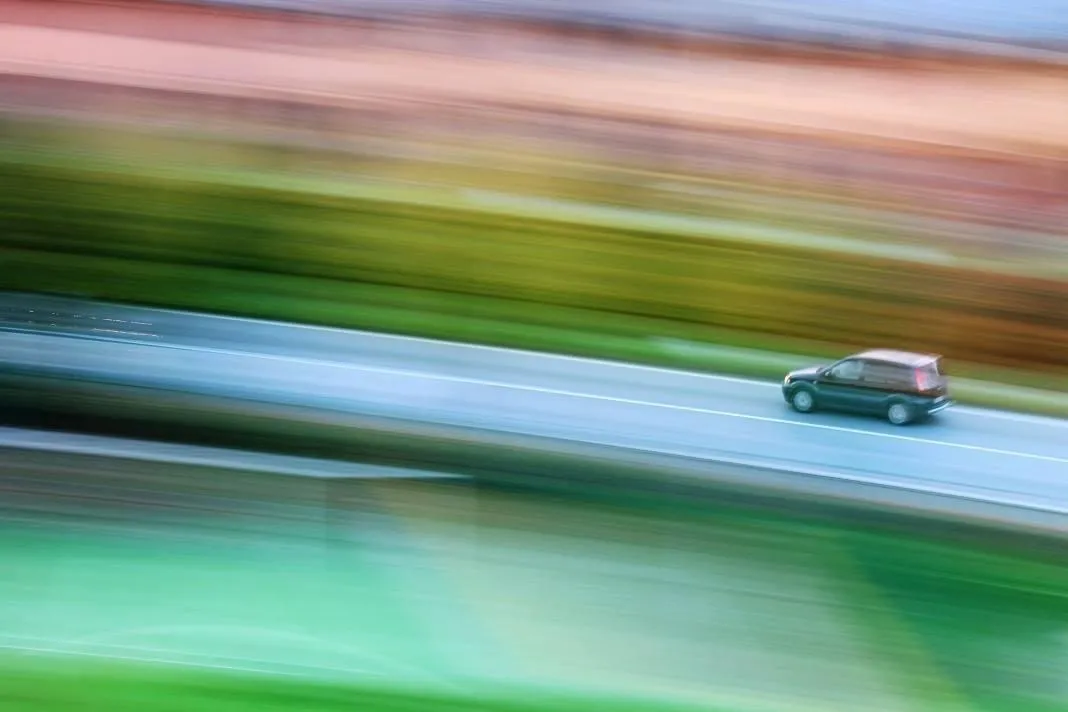Panning is one of those photographic techniques that remain most impressed when you attend a photography course for beginners. It was also in my case. The reason I believe lies in the relationship between the relative ease of application and the resulting effect result. It is one of those games that make you feel like a photographer immediately and that helps you to understand the usefulness of a tool with which to adjust the time / aperture couple as you wish. For the uninitiated, the technique is used to portray moving subjects, with the aim of making the moving subject be in focus and at the same time obtaining a wake effect on everything that in reality remains stationary. It is applied by setting a long exposure time to allow the wake effect, but not too long so as not to fall into overexposure. Once the shutter is pressed, the camera moves in solidarity with the moving subject. In practice, you follow it at its own speed. It is more than a matter of manual skills and it is a good idea to start moving before the subject enters the scene in order to better synchronize with it. In my reality as a beginner it was also a lot of luck. It took several attempts to obtain an acceptable result, precisely because of a lack of dexterity and feeling with the machine. Let's say that in the long run I started to see it as a technique quite an end in itself and therefore I abandoned it a bit, but I would like to share what were my first experiments:



